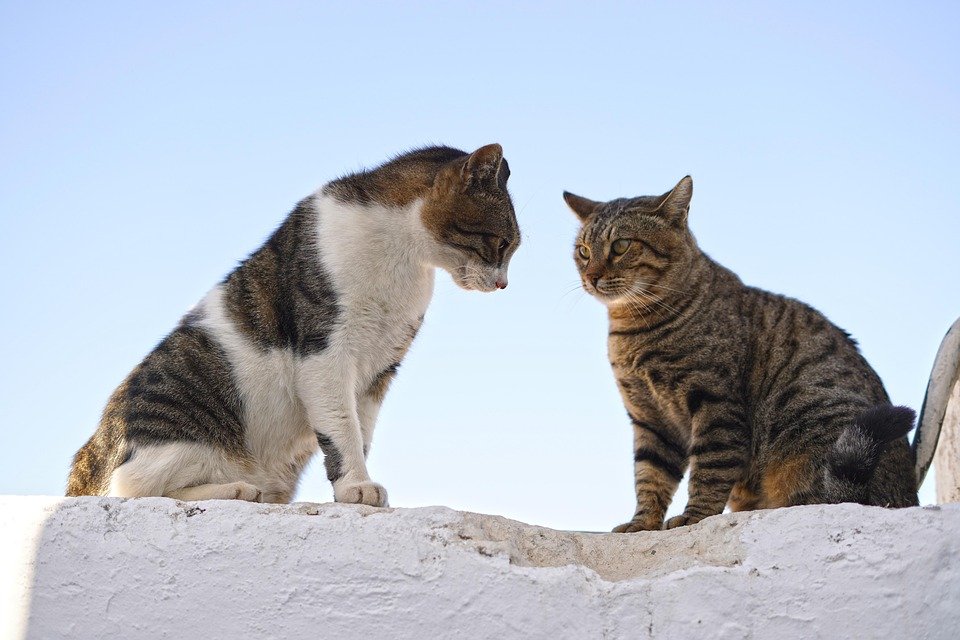
Decoding Feline Signals: Understanding Cat Body Language
Introduction
Cats are complex creatures with a rich repertoire of body language signals that they use to communicate their feelings, needs, and intentions. Understanding these signals is crucial for building a strong bond with your feline friend and ensuring their well-being. In this article, we will delve deep into the world of cat body language, decoding the subtle cues that cats use to express themselves and navigate their environment.
The Tail
One of the most expressive parts of a cat’s body is its tail. The position and movement of the tail can convey a variety of emotions and intentions. A tail held upright indicates a confident and content cat, while a tail tucked between the legs signals fear or submission. A twitching tail may indicate irritation or excitement, while a puffed-up tail is a clear sign of aggression or fear.
Ears
Cats use their ears to communicate a range of emotions, from curiosity to aggression. Ears held forward indicate a relaxed and attentive cat, while ears flattened against the head signal fear or aggression. Swiveling ears suggest that the cat is alert and listening for potential threats, while rapidly flicking ears may indicate annoyance or discomfort.
Eyes
A cat’s eyes can also provide valuable insights into their emotional state. Dilated pupils are a sign of arousal or fear, while constricted pupils indicate a relaxed and content cat. Slow blinking is a friendly gesture that signals trust and relaxation, while staring without blinking may be a sign of aggression or discomfort.
Body Posture
The way a cat holds its body can reveal a lot about how it is feeling. A cat that is crouched low to the ground with its body tense and tail puffed up is likely feeling threatened or aggressive. On the other hand, a cat that is lying on its back with its belly exposed is showing trust and vulnerability. A relaxed and loose body posture indicates a content and comfortable cat.
Vocalizations
In addition to body language, cats also use vocalizations to communicate their needs and emotions. Meowing, purring, hissing, and growling are some of the common vocalizations that cats use to express themselves. A soft and melodic meow is often a friendly greeting or a request for attention, while a loud and persistent meow may indicate hunger or discomfort. Purring is a sign of contentment and relaxation, while hissing and growling are clear signs of aggression or fear.
Interpreting Context
It is important to consider the context in which a cat’s body language signals are being displayed. For example, a cat that is hissing and growling may not necessarily be aggressive, but could be feeling scared or threatened. Similarly, a cat that is purring may not always be content, but could be in pain or distress. By observing your cat’s body language in different situations and understanding the underlying emotions, you can better respond to their needs and provide the appropriate support.
Building a Strong Bond
By learning to decode your cat’s body language signals, you can strengthen your bond with them and create a harmonious living environment. Paying attention to your cat’s cues and responding appropriately will help you build trust and understanding, leading to a deeper connection with your feline companion. Remember to be patient and observant, and always respect your cat’s boundaries and preferences.
Conclusion
Understanding cat body language is a valuable skill that can enhance your relationship with your feline friend and improve their overall well-being. By paying attention to subtle cues such as tail position, ear movement, eye expression, body posture, and vocalizations, you can gain insights into your cat’s emotions and needs. By interpreting these signals in the context of their environment and building a strong bond based on trust and understanding, you can create a happy and fulfilling relationship with your beloved cat.





